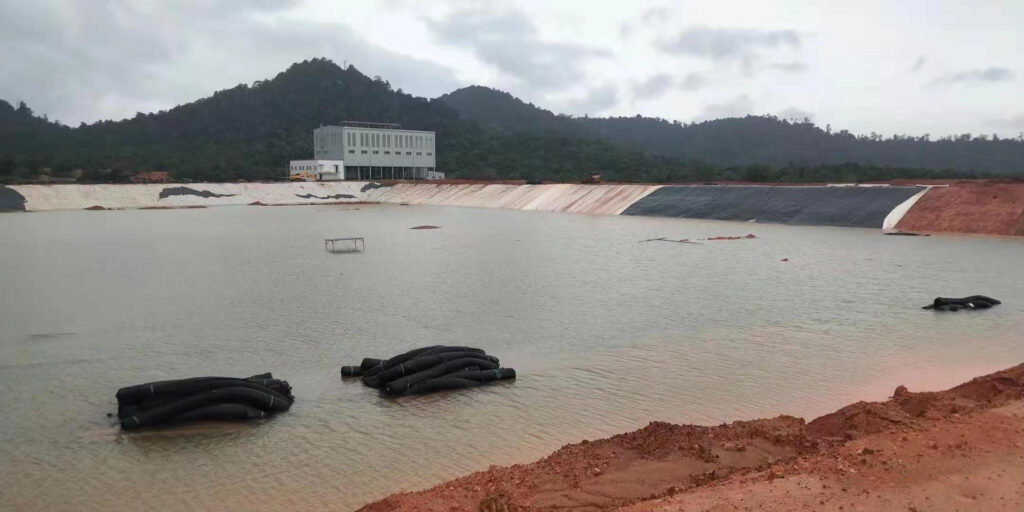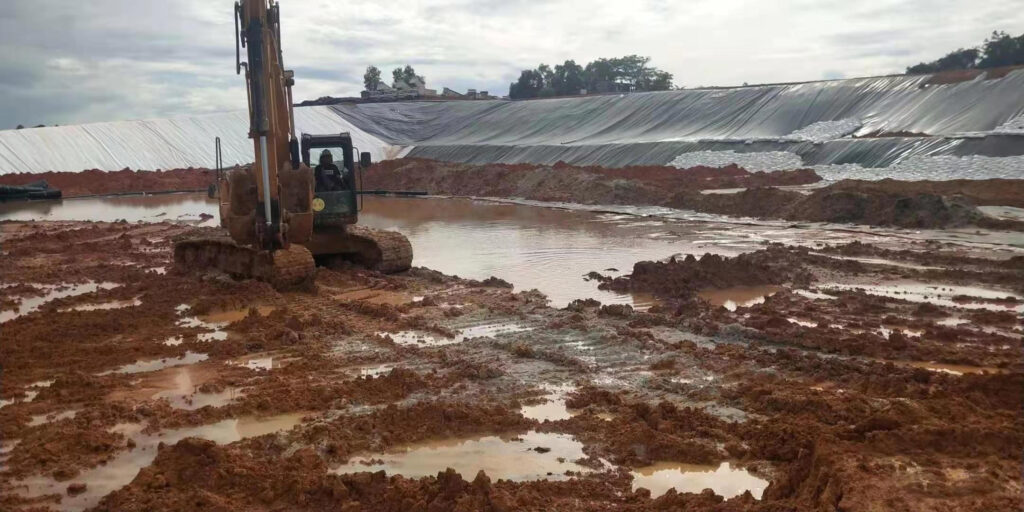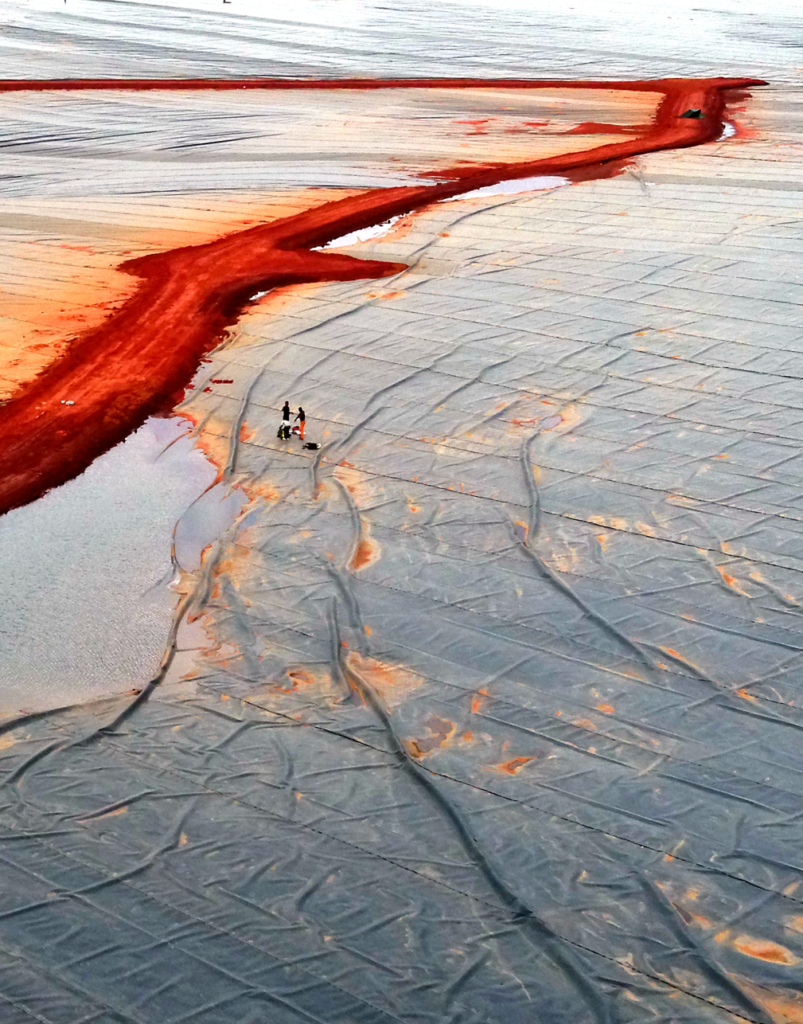The anti-seepage geotechnical project is a project that uses special materials and engineering technology to prevent seepage of the soil.
The following is an introduction to anti-seepage geotechnical projects


Anti-seepage geotechnical projects use special materials such as polymer materials and synthetic resins. The materials are coated or laid on the soil surface through construction equipment to form a dense waterproof layer to effectively prevent water penetration in the soil.
At the same time, the waterproof layer also has the characteristics of anti-slip, wear-resistant, and corrosion-resistant, which can significantly improve the bearing capacity and performance of the soil.
Construction preparation: including site survey, equipment commissioning, material preparation, etc.
Geotextile selection: choose the appropriate geotextile according to the soil properties and use requirements.
Construction joint treatment: treatment of construction joints to ensure the continuity and integrity of the waterproof layer.
Laying of waterproof layer: The geotextile is laid on the soil surface by hot melting method or cold bonding method to form a waterproof layer.
Quality inspection: Carry out quality inspection on the waterproof layer, including inspection of thickness, tensile strength, tear strength and other indicators.
Project acceptance: After passing the acceptance, it will be delivered for use.


As an effective land protection and utilization technology, anti-seepage geotechnical project has broad application prospects. In the future, with the continuous development of environmental protection, construction, transportation and other fields, the demand for anti-seepage geotechnical projects will continue to grow.
At the same time, the development of technology will also provide better guarantee for the quality and performance of anti-seepage geotechnical projects. Therefore, we should actively promote and apply anti-seepage geotechnical projects, improve land use efficiency, protect the ecological environment, and promote sustainable development.

